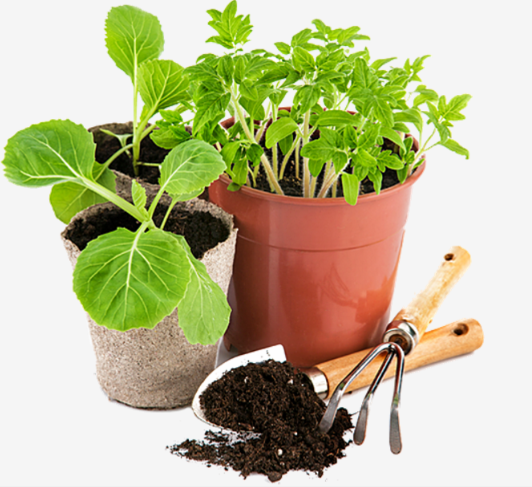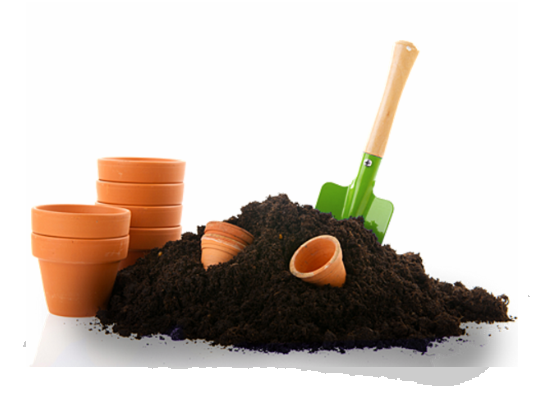
Avoid cutting the grass too short as this can damage the grass, inhibit a deeper root system from setting up and give rise to weeds.
Different grasses have different heights at which they can grow best, The ideal height of most grasses is 3 to 4 inches.
Removing more than one-third of the grass leaf in a single cutting is not recommended
Mow only on dry grass and not when the grass is wet
Make sure you mower's blade is a new and sharp before starting a fresh moving session. Keeping several mowing blades at hand, helps.
To ensure smoothness make sure you change the mower's oil once or twice during mowing season.
Different grasses have different heights at which they can grow best, The ideal height of most grasses is 3 to 4 inches.
Removing more than one-third of the grass leaf in a single cutting is not recommended
Mow only on dry grass and not when the grass is wet
Make sure you mower's blade is a new and sharp before starting a fresh moving session. Keeping several mowing blades at hand, helps.
To ensure smoothness make sure you change the mower's oil once or twice during mowing season.
Fertilization is important for healthy growth of your lawn grass, but just as in case of watering; too much use is not recommended. You need to make use of balanced fertilizer mix which can supply the turf with nitrogen, phosphorous, and potassium. Use of fertilizers with balanced elements can help in the development of thick and healthy grass that has a higher resistance towards diseases producing pathogens.
You can go for both liquid as well as granular type fertilizers, though liquid type fertilizers can be the more effective of the two as they can be easily absorbed by the plants. Different grasses have different needs, so make sure to consult a specialist before application.
Though fertilizers are important for healthy grass growth, excessive use can lead to certain undesirable effects. For instance, using fertilizers in more than required quantities can over-stimulate growth making the grass vulnerable to dry conditions. It can also make the grass catch diseases by reducing resistance.
You can go for both liquid as well as granular type fertilizers, though liquid type fertilizers can be the more effective of the two as they can be easily absorbed by the plants. Different grasses have different needs, so make sure to consult a specialist before application.
Though fertilizers are important for healthy grass growth, excessive use can lead to certain undesirable effects. For instance, using fertilizers in more than required quantities can over-stimulate growth making the grass vulnerable to dry conditions. It can also make the grass catch diseases by reducing resistance.
Weeds are an unfortunate reality of any lawn, unless the lawn is extremely well- maintained. Common weeds that can attack our lawns are Bentgrass, Bermuda Grass , Crabgrass, Dandelions, Ground Ivy, Moss and Mushrooms among others. The best way to deal with weeds is by spot treatment using herbicides. Spot treatment is more effective and is much safer than administrating the herbicide to all areas. It is important not to mow or water the lawn immediately after the herbicide application. You can also go for organic lawn care to control weeds.
Proper mowing, aeration, drainage, irrigation, and fertilization can help your turf grass stay healthy and free from diseases. In addition, as a preventive measure, you can make use of PENETRANT FUNGICIDES that stop the growth of pathogens.
If your lawn gets infected irrespective of these precautions, try and contact us immediately as lawn diseases can cause serious damage to your lawn if not treated properly.
If your lawn gets infected irrespective of these precautions, try and contact us immediately as lawn diseases can cause serious damage to your lawn if not treated properly.
You need to aerate your lawn at least 2 to 3 times a year in order to ensure healthy grown of the grass. This is important especially in those situations when your lawn is getting used heavily causing the turf to look thin.
Aeration involves removal of small soil cores thereby allowing enough room for water and fertilizers to enter the grass and to aid root development. Aeration can be done using core aerators which are more effective in comparison to other types. You can also go for aerating manually using hand aerators.
Aeration involves removal of small soil cores thereby allowing enough room for water and fertilizers to enter the grass and to aid root development. Aeration can be done using core aerators which are more effective in comparison to other types. You can also go for aerating manually using hand aerators.
Leaf removal is crucial to ensure healthy grass growth. Unattended leaves can cause damage to your grass by increasing the soil ph level. This is because of the high levels of acid content that leaves tend to have. In addition abundance of wet leaves can cause suffocation to the grass thereby killing large parts of the lawn.
Ask Us A Question


-
Did you know...?
Fertilizer is a substance added to soil to improve plants' growth and yield. First used by ancient farmers, fertilizer technology developed as the chemical needs of growing plants were discovered.
-
Did you know...?
Mulch conserves water, prevents weeds and feeds the soil. Mulch can be any material, such as wood chips, grass clippings, leaves and compost, even rock, newspaper or shredded tires, that is spread over the surface of soil to retain water and inhibit weed growthcan be used as mulch.
-
Did you know...?
Lawns are three times more productive at producing oxygen than trees. Also, an average lawn absorbs 10 times more water on a sunny day than it does on a cloudy day.